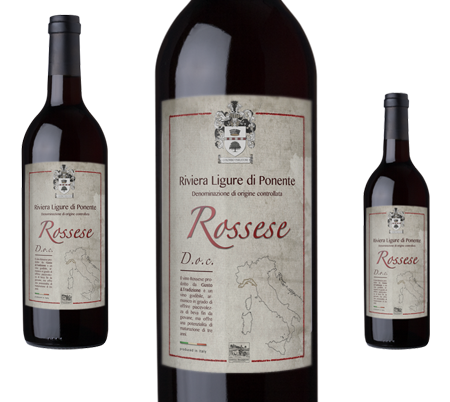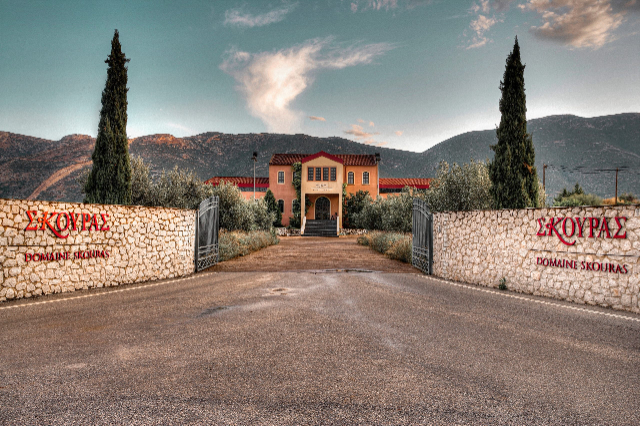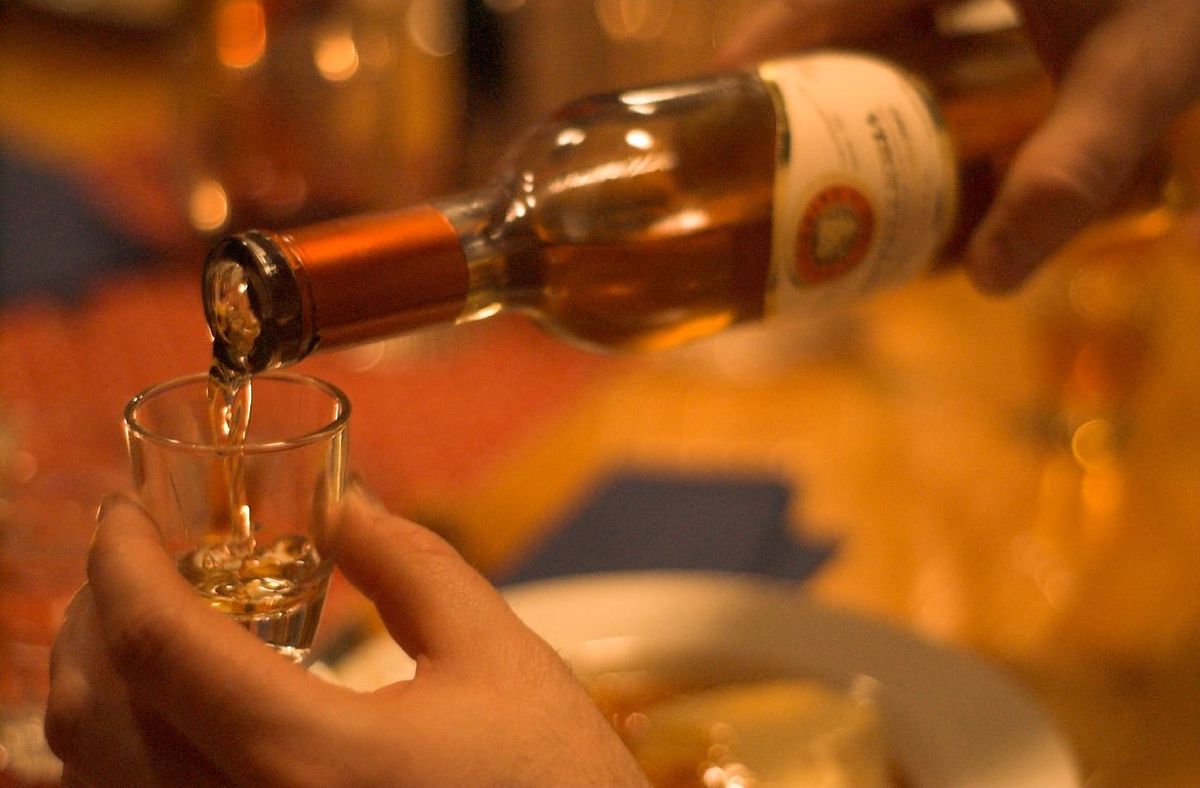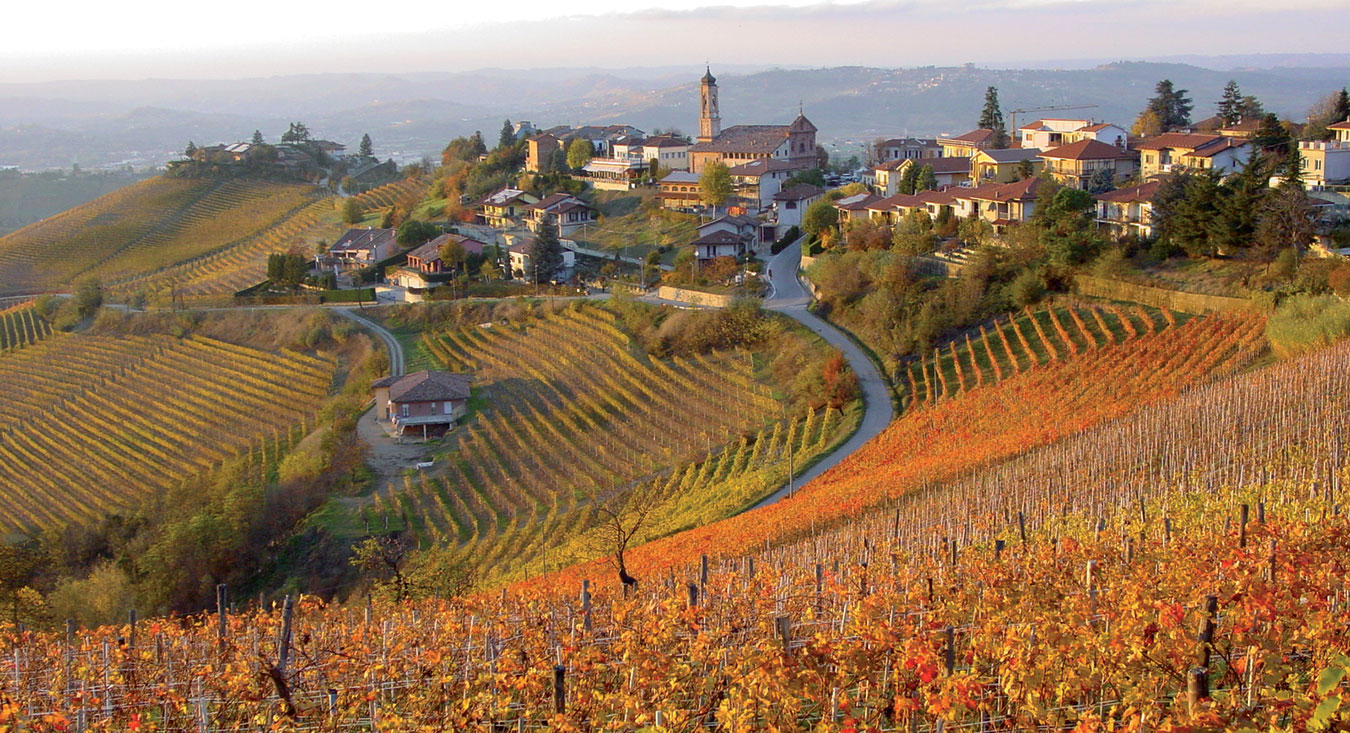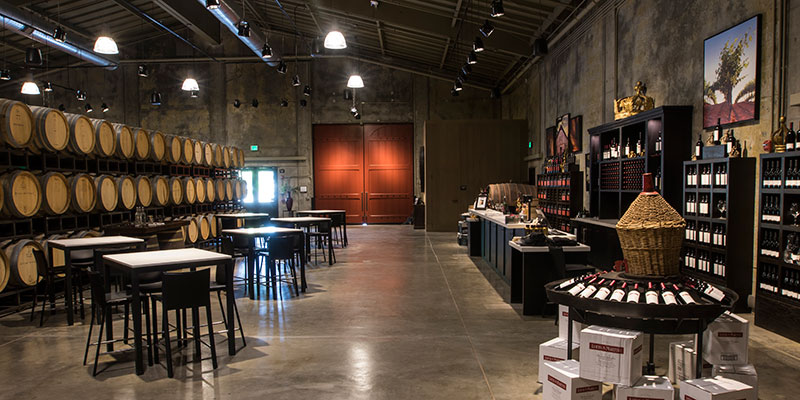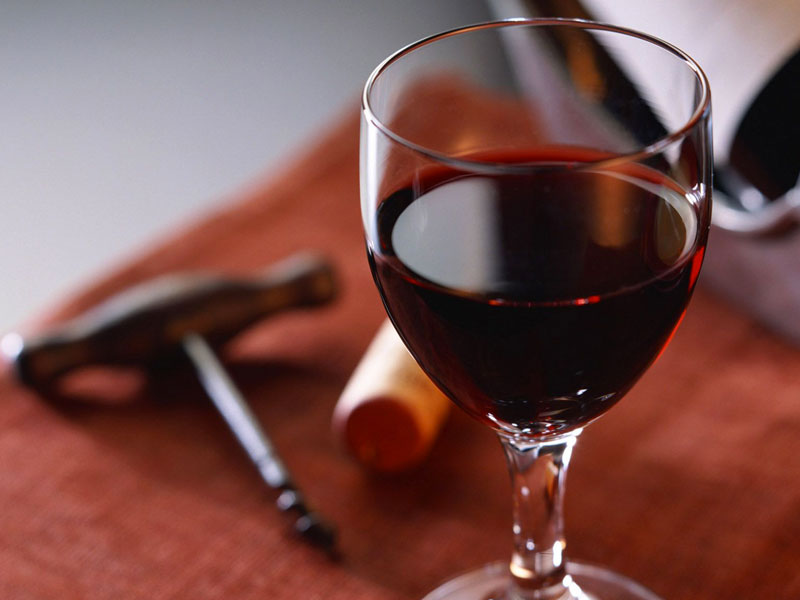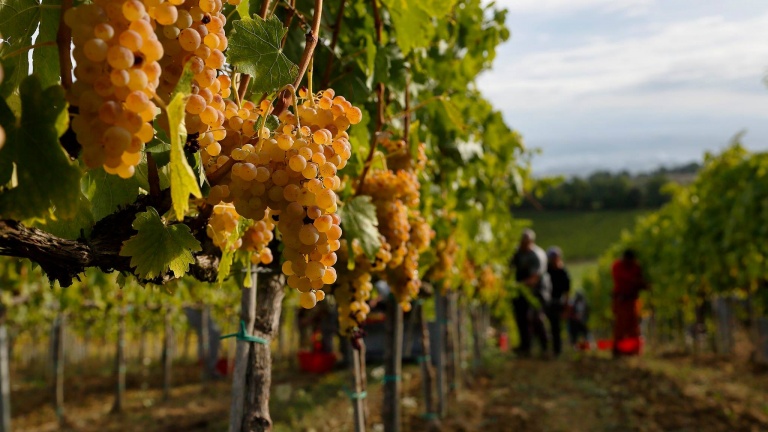he Rossese di Dolceacqua is often raised "ad alberello," as the Mediterranean tradition dictates, so that the foliage of the plant in the summer shadows the foot and, therefore, the root, protecting them from the sun’s rays of the hottest hours.The vines are grown in inaccessible areas, where all the operations essential to the maintenance of the vine are obligatorily manual.
Some believe that the introduction of the vine to Liguria was by the ancient Greeks; others claim that the Etruscans first began cultivating vines in the western part of the region.
Both are probably right, although the tree crops, still present, testify to the significant trace left by the Hellenic settlers.
The grapes used, ROSSESE, must be at least 95 percent and may be supplemented by other local non-aromatic red cultivars present in the vineyards (maximum 5 percent). The maximum yield per hectare is 90 quintals; in reality yields are lower partly because the vines are often old and therefore less productive than young ones.
Rossese di Dolceacqua has a large leaf provided with five lobes; the cluster is medium-sized with a truncated cone shape, winged and averagely compact; the berry is round and has a dark purplish color, slightly waxy.
Another Rossese wine, that of the Riviera Ligure di Ponente, is produced from the same grapes.
The characteristics of this wine, one of the most appreciated among Ligurian wines, can be summarized as follows:
– has a ruby red color tending to garnet with aging;
– intense but delicate vinous smell, persistent with hints of rose, violet and currant, in some productions of strawberry;
– taste soft, warm, often velvety, more or less aromatic, with pleasant slight bitter streak, due to tannins, rich in texture and body;
– minimum alcohol content 12° (13° for the superior type);
– minimum acidity 4.5‰
– minimum dry extract 23‰
The superior type must be aged at least until November 1 of the year
following that of the harvest.
The optimum age is between four and eight years of aging.
It is suitable with meat dishes in general and rabbit casserole in particular.
Serving temperature around 18°.
